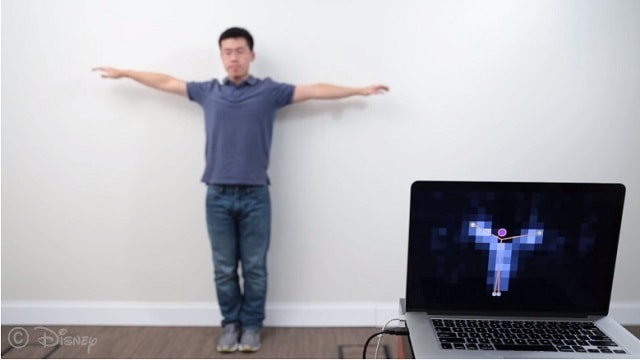Could “Smart Walls” be Coming to Homes in Mississauga?
Published April 29, 2018 at 4:29 pm

Have you ever wondered what it would be like to control your home by simply touching the walls?
A team of researchers evidently has.
According to a recent CMU news release, researchers at Carnegie Mellon University and Disney Research say they can transform ordinary walls into smart walls (called Wall++) capable of registering human touch, sensing gestures, and detecting when household appliances are used.
By using conductive paint to spread electrodes across the surface of a wall, it can become a sort of touchpad, tracking a user’s touch. By connecting it to an electromagnetic sensor, it can additionally detect and track electrical devices and appliances elsewhere in the home, according to the release.
This may have a number of interesting uses: For example, you could create a light switch by tapping the wall, automatically adjust the lights when a TV is turned on, or alert the user when an appliance like an electric kettle or a laundry machine turns off.
Researchers say their aim for this technology is to be both relatively inexpensive (costing about $20 per square metre of wall) and easy to apply, using a few applications of conductive paint, some electronics, and requiring no specialty tools.
A video posted to the Future Interfaces Group YouTube channel shows the process of the wall being created, as well as some of the things it can do:
“Walls are usually the largest surface area in a room, yet we don’t make much use of them other than to separate spaces, and perhaps hold up pictures and shelves,” said Chris Harrison, assistant professor in CMU’s Human-Computer Interaction Institute (HCII) and CMU alumnus.
“As the internet of things and ubiquitous computing become reality, it is tempting to think that walls can become active parts of our living and work environments.”
While it’s presently unknown how much impact smart walls will have and when they might make their way to Ontario, it’s fun to wonder about the uses they could have in a person’s everyday life.
What do you think about this technology?
Photo and video via Disney and Carnegie Mellon University
insauga's Editorial Standards and Policies advertising





